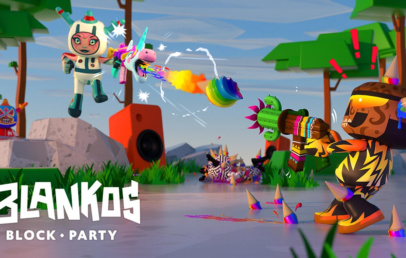Blockchain is a network of recorded information. Basically, blockchain is a virtual ledger of transactions that are duplicated and distributed across the whole blockchain ecosystem. Every block in a chain accommodates a number of transactions, and each time a new transaction takes place on the blockchain, a record would be added to every participant in the blockchain.
Now, here’s the catch. Before we fully jump to how Blockchain technology works, you need to know first the problem it was designed to resolve.
Try considering the number of people on the entire planet, and nearly all of them own an ID. With numerous different IDs in the world, how do people rule if it’s fake or not? Or if someone gives you a dollar bill, how do you tell if the money you receive is real? Have you ever thought about how people authenticate which is true to which is not?
The answer is simple. They keep a record of it.
For instance, whenever people have to verify if a document or ID is legit, they look at it with relevant authorities. There are people who the government gives a license to record the validity of the information presented. Each dollar bill also contains a serial number that banks record.
Among these given examples stands one thing in common— they are both centralized. Whether a bank or a person, there is a central authority that holds power to validate information,
Central authorities bear a power, giving them a chance to change facts. This may sound scarcely credible, but even the history of the world is kept in a centralized manner, allowing those in power to distort history.
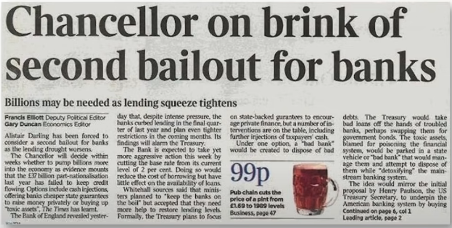
Nearly a thousand companies in the United States acquired around $630 billion that never existed in the past. By taking advantage of the centralized authority, other companies got their debts completely settled by distorting the record of how much money was owed and owned.
To avoid such an event happening again, Bitcoin was born. It was the very first established form of money that’s not under the central authority. The records of transactions are not kept by banks but rather all people in the entire system. Because everyone can monitor and keep track of the records, a person cannot just change or distort the ledger when something doesn’t add up.
This means, through this decentralized system, people will have no longer have the power to change or alter records like which they can do on centralized systems. Many people remain skeptical about blockchain technology’s future use, and this is understandable as we are still in early development and adoption.
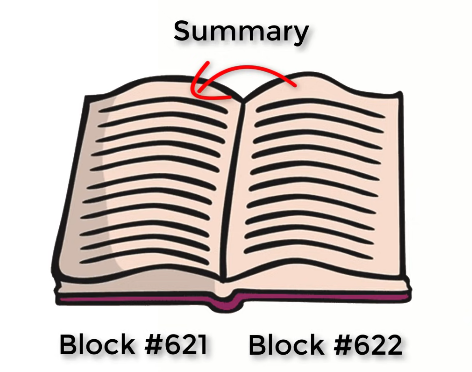
Blockchain at a Glance
Technically, blockchain is like keeping a shared ledger having many pages of record.
Every page starts with a summary of the page before it. Hence, changing a part of the previous page would affect the summary indicated on the current page. In short, the pages, which are called “blocks,” are “chained” or linked together. There comes the chain of blocks, which is known as “blockchain.”
If one part of the block gets changed, partakers in the system would quickly notice that it has tampered. If hackers desire to distort a blockchain system, they will need to alter every block in the chain over the distributed form of the chain.
Although many people think that Satoshi Nakamoto, founder of Bitcoin, is also the one who created the blockchain, Satoshi’s white book never mentioned the word “blockchain.”
Four Elements of Blockchain
Here are the four elements that allow the creation, update, and verification of records in a blockchain:
Cryptography
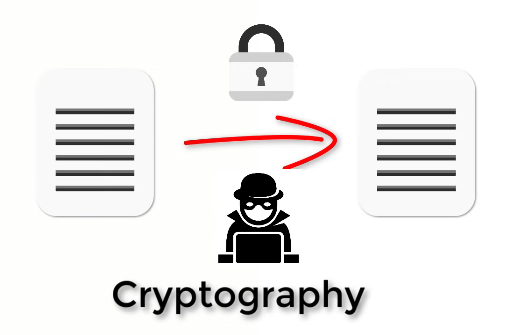
Anyone can participate in the blockchain network, so malicious tricksters around the globe can do their gameplay in this hostile environment. Given the situation, cryptography provides secured protection by allowing users to prove the authenticity of their message as well as verify the messages they receive. It ensures that the communication would not be altered.
Peer-to-Peer Network
This network is important as it allows people to share and communicate remotely. Basically, this is what we already have on the Internet today, and everyone is equally privileged to open it.
Consensus Algorithm
This element is also known as the “Consensus Rule,” requiring people to consent to rules on how they will add new blocks to the records. Consensus rules have various types. In Bitcoin’s case, they utilize an algorithm established as Proof of Work.
This algorithm requires someone to find a solution to a math problem in order to add a new block to their ledger. The computer’s computational power is necessary for it to be solved.
The computer on the network would run the calculations to solve the problems. However, this requires quite a lot of energy. The one who displays the solution to the problem is the one basically showing the required proof of work.”
There are consensus rules out there that do not require so much energy, unlike Bitcoin.
Pros and cons are present in every algorithm. Even so, in order to run a decentralized ledger, you will be required to choose one. Or else, you will surely have a tough time reaching a consensus with many people within the network.
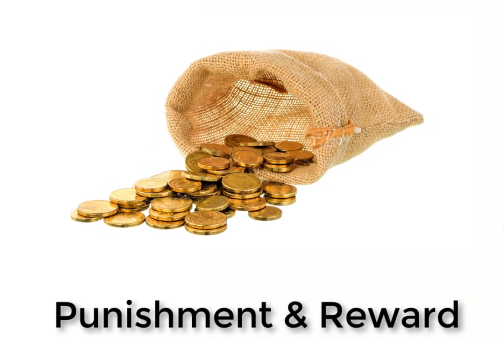
Punishment and Reward
The punishment and reward elements were actually derived from game theories, and it ensures that people will always be interested in following the rules. The reward could be a coin or a token that will be awarded every time a consensus has been reached, adding a new block to the chain.
Those who will try to manipulate or distort the system will either end up losing all of the money they have spent on computational power or losing coins. The punishment and reward system influences social behavior. It makes the “rule” of the system something people need to follow because it will be in their best interest to do so.
Public Blockchains
The public blockchain creates huge benefits.
It is often to anybody— transnational and borderless. There is no necessity for a 3rd party as it stands neutral. No such thing as “illegal,” “legal,” “bad,” or “good” transaction exists, only an “invalid” or “valid” one.t
Public Blockchain holds no single point of failure. The records have tampered proof, and it’s censorship-resistant, so no one can really draw out a record nor stop it from getting published.
Private Blockchains
A private blockchain limits the people who can participate in their ledger by screening them through the established protocols and rules. Unlike the public blockchain, which participants govern, a private blockchain is governed by few entities.
Although the main concept of blockchain was to create a decentralized proceeding through the general public, private blockchain goes exactly opposite that concept.
Blockchain is an open method to manage a record, making it practically impossible to falsify.
The blockchain network does a good job of decentralizing. However, it is inefficient and requires too much energy. It will only be beneficial to use blockchain technology if centralization is too much for you to handle. If there’s no need for you to decentralize something, there’s no need for you to go for blockchain technology.
The hurdle remains with the energy cost and transaction limit. However, for investors who can clearly see this technology’s enormous potential, blockchain-based investments may be worth the gamble.


